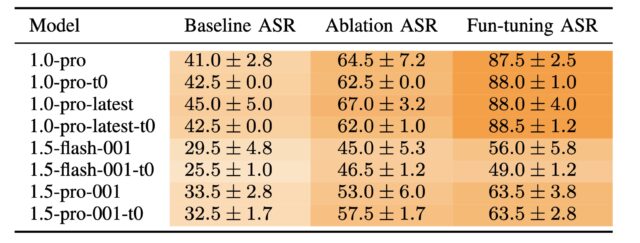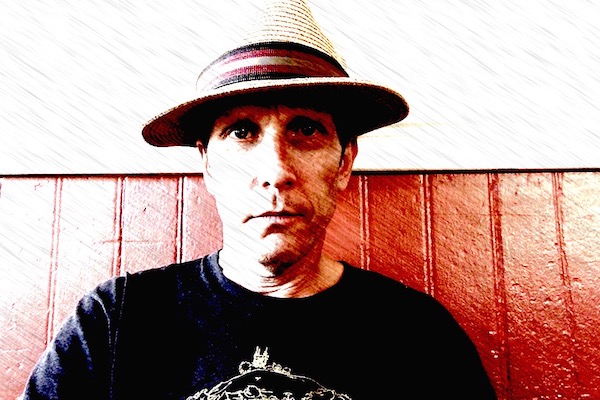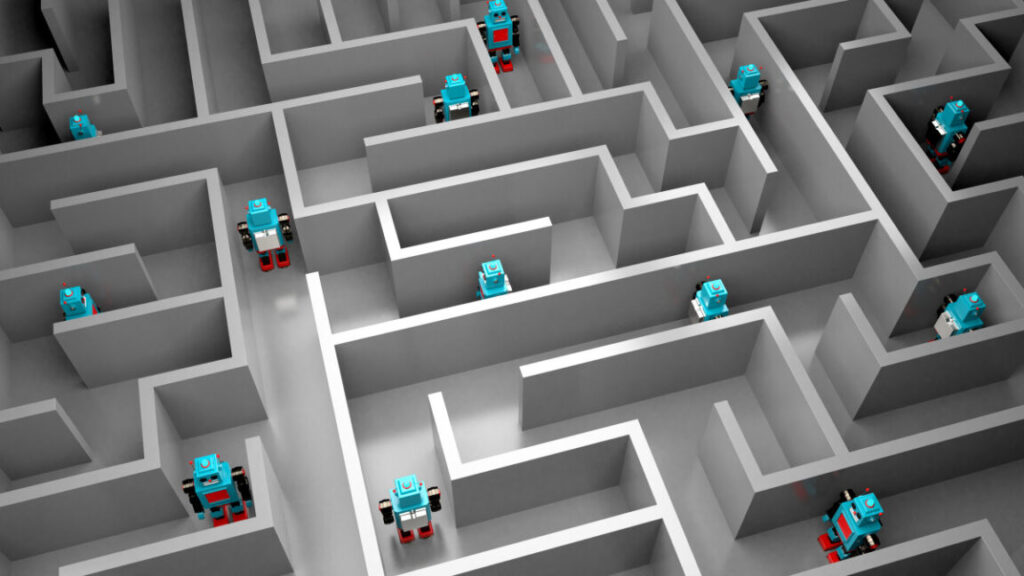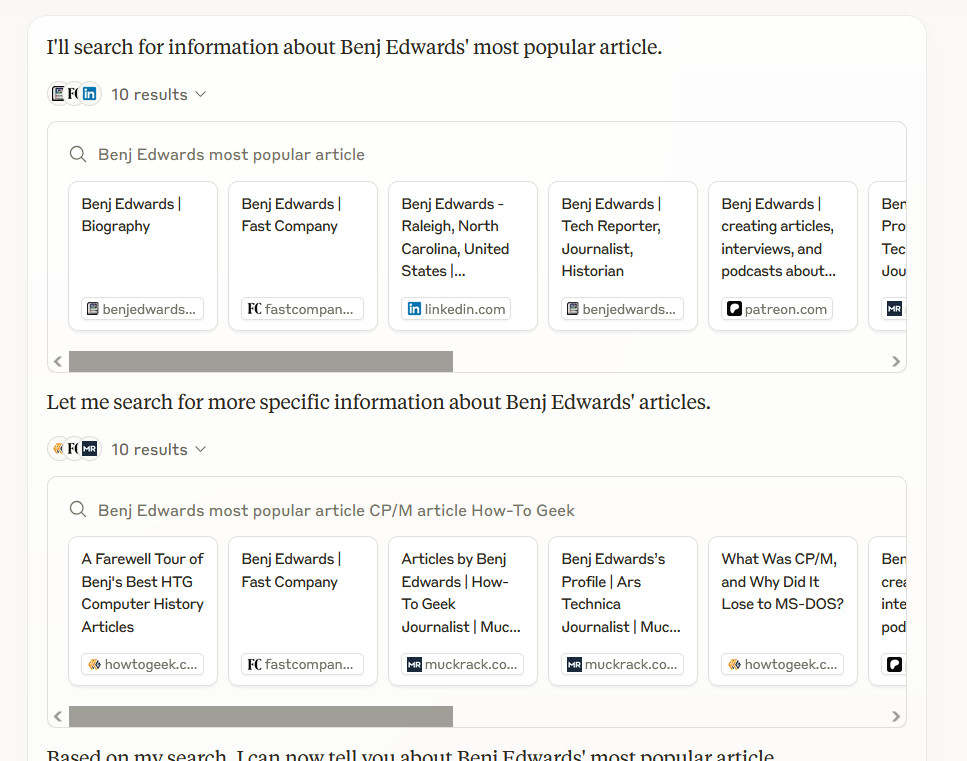NSA warns “fast flux” threatens national security. What is fast flux anyway?
A technique that hostile nation-states and financially motivated ransomware groups are using to hide their operations poses a threat to critical infrastructure and national security, the National Security Agency has warned.
The technique is known as fast flux. It allows decentralized networks operated by threat actors to hide their infrastructure and survive takedown attempts that would otherwise succeed. Fast flux works by cycling through a range of IP addresses and domain names that these botnets use to connect to the Internet. In some cases, IPs and domain names change every day or two; in other cases, they change almost hourly. The constant flux complicates the task of isolating the true origin of the infrastructure. It also provides redundancy. By the time defenders block one address or domain, new ones have already been assigned.
A significant threat
“This technique poses a significant threat to national security, enabling malicious cyber actors to consistently evade detection,” the NSA, FBI, and their counterparts from Canada, Australia, and New Zealand warned Thursday. “Malicious cyber actors, including cybercriminals and nation-state actors, use fast flux to obfuscate the locations of malicious servers by rapidly changing Domain Name System (DNS) records. Additionally, they can create resilient, highly available command and control (C2) infrastructure, concealing their subsequent malicious operations.”
A key means for achieving this is the use of Wildcard DNS records. These records define zones within the Domain Name System, which map domains to IP addresses. The wildcards cause DNS lookups for subdomains that do not exist, specifically by tying MX (mail exchange) records used to designate mail servers. The result is the assignment of an attacker IP to a subdomain such as malicious.example.com, even though it doesn’t exist.
NSA warns “fast flux” threatens national security. What is fast flux anyway? Read More »























